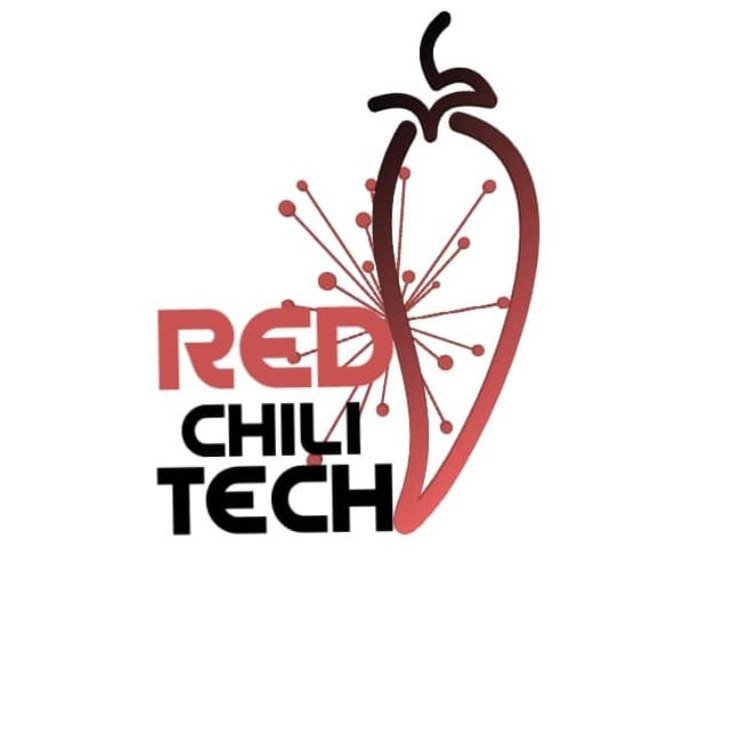In today’s fast-paced digital world, “page load speed” is a crucial factor that can make or break your online success. As a Vancouver-based SEO agency, We’ve worked with countless clients who underestimated the impact of load speed on their website’s performance, only to see transformative results after making improvements. This article delves into why page load speed is vital for “SEO” and “user experience (UX)” and provides actionable tips to optimize it.
What Is Page Load Speed?
Page load speed refers to the time it takes for a webpage’s content to fully display in a browser. This can range from simple text to complex visuals and videos. Load speed is influenced by several factors, including server response time, image optimization, and website coding.
-
Types of Load Speed Metrics
When discussing load speed, it’s important to differentiate between:
1. First Contentful Paint (FCP): The time it takes for the first piece of content to appear on a page.
2. Time to Interactive (TTI): When a page becomes fully interactive for users.
3. Largest Contentful Paint (LCP): The time it takes to load the largest visible content on the screen.

Why Page Load Speed Matters for SEO
Google has emphasized load speed as a ranking factor since the introduction of “Core Web Vitals” in 2021. Faster websites not only rank better in search results but also attract more engaged visitors.
1. Google Prioritizes User Experience
Search engines like Google want to provide users with the best possible experience. Slow-loading websites frustrate users, leading to higher bounce rates—a critical signal to Google that your site may not meet visitor expectations.
2. Mobile-First Indexing
With more than half of global traffic coming from mobile devices, Google’s “mobile-first indexing” prioritizes mobile site performance. Slow mobile loading times can severely impact rankings.
Follow our mobile-SEO checklist to ensure your site meets these standards.
3. Competitive Advantage
In competitive markets like Vancouver, where businesses fight for top search engine rankings, even a one-second delay in load speed can be the difference between ranking above or below a competitor.
The Impact of Page Load Speed on User Experience
Page load speed directly affects how users perceive and interact with your website. In many cases, it determines whether they stay or leave.
1. User Expectations Are High
According to Google, 53% of users abandon a site if it takes longer than “three seconds” to load. A slow website creates a poor first impression, causing visitors to lose trust and seek alternatives.
Relevant internal linking opportunity: Read our [UX design tips for boosting conversions] to learn how speed ties into user trust.
2. Affects Conversion Rates
Studies show that for every second of delay, “conversion rates drop by 7%”. For e-commerce businesses, this could mean losing thousands of dollars in potential revenue.
3. Enhances Overall Experience
A fast-loading website ensures users can navigate seamlessly, increasing their likelihood of exploring more pages and completing actions like signing up or making a purchase.
Common Causes of Slow Page Load Speed
Understanding why your website is slow is the first step to fixing the problem. Here are common culprits:
– Unoptimized Images: Large image files significantly increase loading times.
– Excessive HTTP Requests: Too many resource requests slow down page rendering.
– Poor Hosting Services: A slow server response time can bottleneck load speed.
– Unminified Code: Large CSS, JavaScript, or HTML files take longer to process.
– Lack of Caching: Without caching, repeat visitors must reload all resources.
How to Test Your Page Load Speed
To assess your website’s speed, use these tools:
1. Google PageSpeed Insights: Offers insights into mobile and desktop performance.
2. GTmetrix: Provides detailed breakdowns and recommendations.
3. WebPageTest: Allows in-depth testing, including for Core Web Vitals.
These tools highlight areas of improvement, making optimization easier.
Tips for Optimizing Page Load Speed
1. Optimize Images
Use tools like “TinyPNG” or “ImageOptim” to compress images without compromising quality. Additionally, implement next-gen formats like “WebP” for even faster loading.
2. Enable Browser Caching
Caching stores a version of your website locally, reducing the need for repeat resource requests.
3. Minify CSS, JavaScript, and HTML
Eliminate unnecessary characters and spaces in your code to reduce file size. Tools like “UglifyJS” and “CSSNano” can automate this process.
Learn more about minification techniques in our guide to technical SEO.
4. Use a Content Delivery Network (CDN)
A CDN distributes your website’s data across multiple servers worldwide, ensuring faster delivery to users regardless of location. Popular options include “Cloudflare” and “Akamai”.
5. Choose Reliable Hosting
Your hosting provider plays a significant role in load speed. Opt for services known for their speed and reliability, such as “SiteGround” or “WP Engine”.
Case Study: Load Speed Transformation for a Vancouver Client
One of our clients, an e-commerce business in Vancouver, struggled with slow load speeds that hurt their SEO and conversions. After implementing these changes:
– Compressed images, reducing file sizes by 40%.
– Enabled caching and minified their site’s code.
– Upgraded to a high-performance hosting provider.
Results:
– 40% faster load times.
– 35% increase in organic traffic.
– 20% higher conversion rates.
Key Metrics to Track for Load Speed Optimization
Improvement efforts should focus on metrics like:
– Largest Contentful Paint (LCP): Keep this under 2.5 seconds.
– First Input Delay (FID): Aim for less than 100 milliseconds.
– Cumulative Layout Shift (CLS): Maintain a score below 0.1 for visual stability.
These metrics align with Google’s Core Web Vitals, essential for SEO success.
Conclusion: Why Page Load Speed Deserves Your Attention
Page load speed isn’t just a technical detail—it’s a cornerstone of successful digital marketing. Faster websites rank higher, provide better user experiences, and convert more visitors into customers. For businesses in Vancouver and across Canada, investing in load speed optimization is one of the most cost-effective ways to stay competitive.
Ready to optimize your website’s speed? Contact our Vancouver-based SEO team for a customized strategy today!





